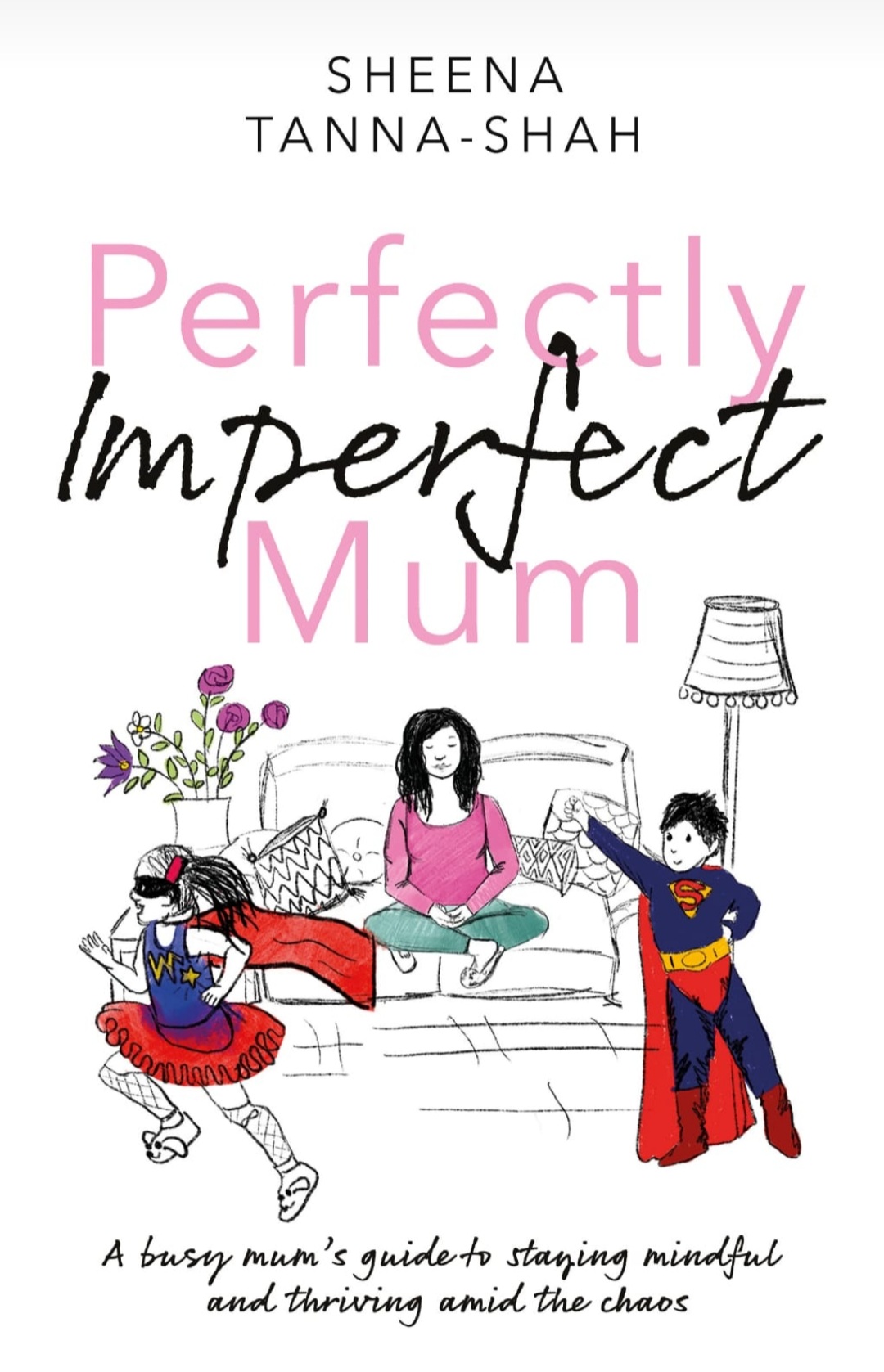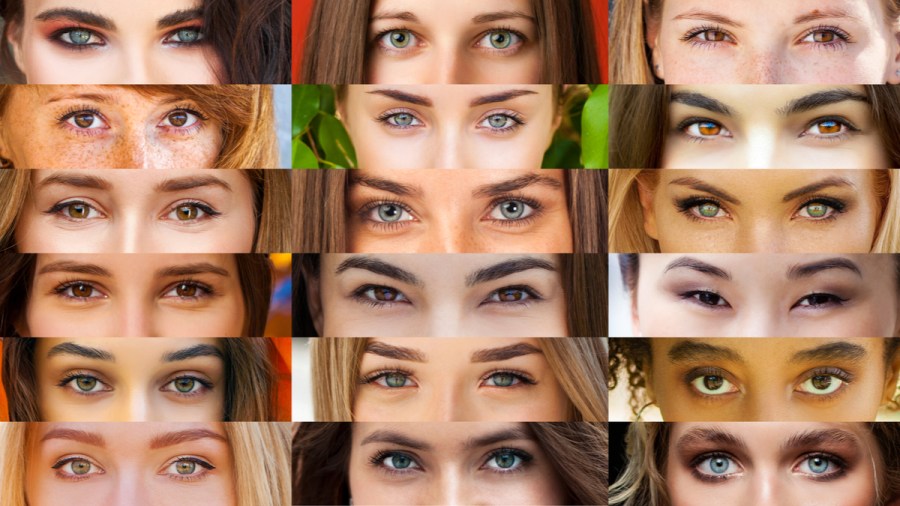Eye Yoga exercises are beneficial in helping with digital eye strain, general eye strain, tired eyes, eye tension and dry eyes. Nutritionist, mindfulness and meditation practitioner, and author of Perfectly Imperfect Mum Sheena Tanna-Shah shows how to look after your peepers.
Our eyes aren’t designed to look at certain objects or tasks for a long period of time, yet this is exactly what we are doing. Similar to if we were seated or stood in a certain position for a length of time our muscles become tense and fatigued. The eye muscles respond in exactly the same way.
We are now spending hours looking at our digital devices, reading material, and concentrating without taking regular breaks to let our eyes rest and refocus. As a result this then leads to eye strain, dry eyes and headaches.
However, there are some simple short yet effective exercises we can all do daily to help reduce and/or prevent eye strain from occurring.
How eye strain can happen
When looking at close objects our eyes have to go in (converge). The muscles that carry out this task may be weak, causing symptoms such as headaches and eye strain.
But you can strengthen your converging eye muscles using eye exercises. When you first start doing them, your eyes may hurt, just as if you go to the gym for the first time your muscles hurt but then get stronger. Your eye muscles respond in the same way.
Pencil push ups
Sit down comfortably, relax your shoulders and take a few deep breaths. Hold a pencil at arm’s length and at eye level. Focus on the top of the pencil, bring it towards you until it goes double or out of focus, when this happens bring it back very slightly until it is single again. Focus on it for five seconds, before pushing back to arm’s length and repeating the process three times.
Jump push up
Sit comfortably, relax your shoulders and take a few deep breaths. Hold a pencil in each hand with one at arm’s length and the other one halfway. Change your focus between the pencils, repeating this for a minute.
Palming
When we stare at a screen for long hours we often forget to blink enough causing our eyes to dry out. We also have pores and glands on our eyelids that secrete oils to keep our eyes lubricated, these can also become blocked resulting in irritated, uncomfortable eyes, and blurring of vision.
Palming is a great way to generate heat allowing the eyes to feel soothed and refreshed. Lie down or sit down comfortably, rub your palms together to generate some heat. Place your palms gently over your closed eyes for a minute. If you prefer you can use a warm towel or eye bag which will maintain the heat for longer.
Rapid Eye Blinking
Mindfully blinking frequently is important to keep the eye surface smooth, moist and to let the eye naturally clear away any debris that may be in there. Rapid eye blinking involves you being seated comfortably, and taking a few breaths before blinking rapidly 10 times. Once you have blinked 10 times keep your eyes closed and take a few breaths before repeating again 3-5 times.
Eye Rolling
Sit comfortably and take a deep breath. Slowly look up to the ceiling holding your focus and gaze at a fixed position for a few breaths. Next roll your eyes and gaze to the right and hold for a few breaths before gently rolling your eyes to a fixed spot below you. Next, roll your eyes over to the left and hold your gaze for a few breaths. Then look ahead take a few breaths before repeating the process but this time going anti-clockwise. You can repeat this cycle three to five times before ending with a few breaths or palming.
Follow the 20.20.20 rule.
 Sheena Tanna-Shah is the author of Perfectly Imperfect Mum (£9.99, The Book Guild Publishing)
Sheena Tanna-Shah is the author of Perfectly Imperfect Mum (£9.99, The Book Guild Publishing)








